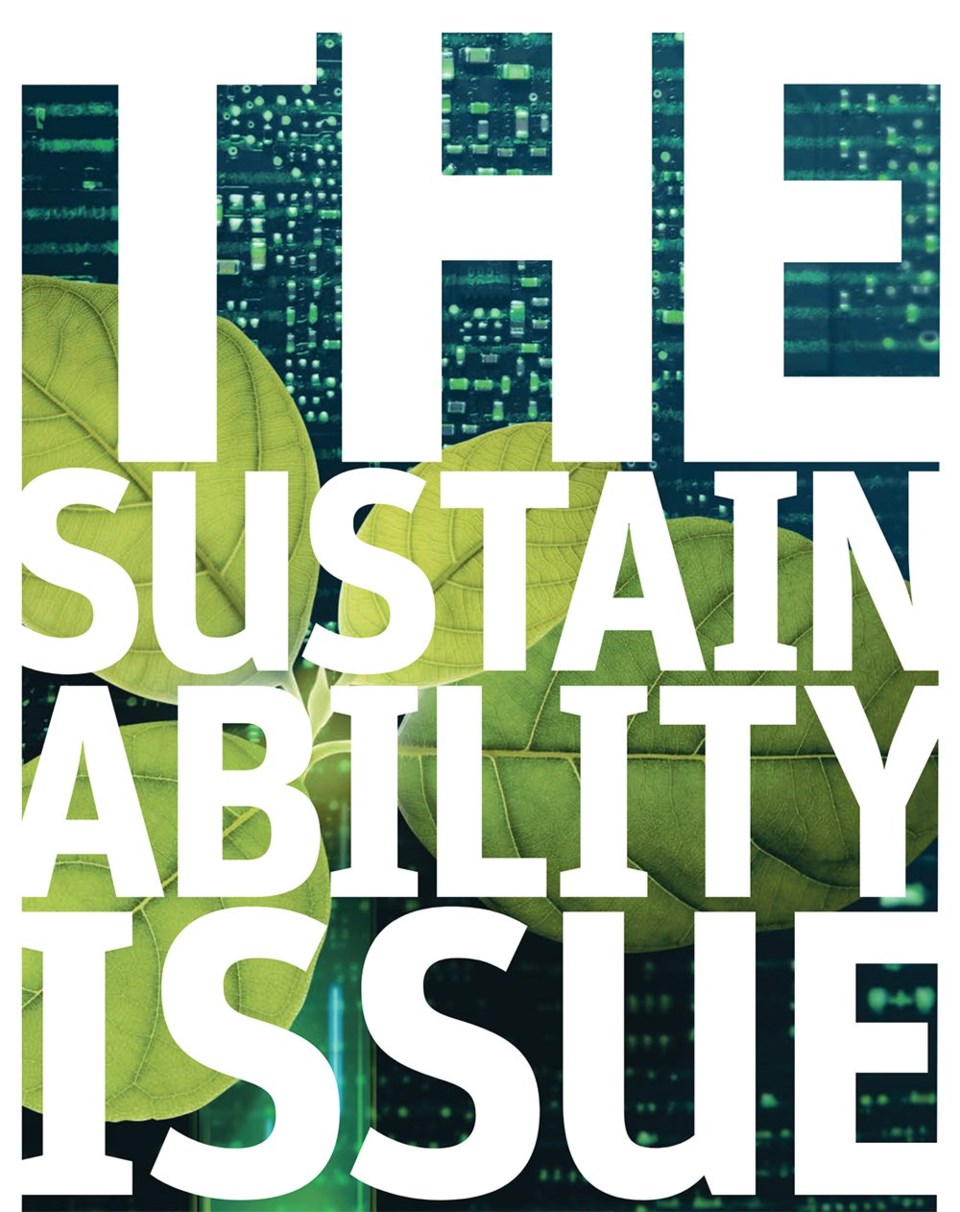Regenerative, sustainable, organic, natural, carbon-neutral, carbon-smart — what do any of these mean for agriculture in reality?
They mean to be different from commodity agriculture when it comes to marketing. They also mean to approach farming differently. Whether they make a difference, or if these are truly new, is harder to answer.
Regenerative as a term has certainly caught the world’s attention. The last time such attention was paid to an agricultural term might have been “mechanized farming” or the “green revolution.” Those became big in the 1950s and 1960s, and most people would have to look them up now to understand the impact they had or even what they stood for.
Regenerative implies that farmers weren’t taking care of the land in a manner that maintained it so that it could carry on producing indefinitely. For many producers in Western Canada, that idea is insulting at best, and at worst it attacks their efforts to create sustainability on their farms.
Others maintain that there is much more they can put into their land than the replacement nutrients from cropping, stubble, straw and chaff. For some parts of North America, reducing tillage is still a difficult concept, but to be fair, when farmers have soggy soils with the byproducts of 300-bushel corn to deal with, avoiding tillage is going to be a challenge.
At the same time, while prairie farmers have embraced tillage reduction and topsoil management almost universally, it has been practiced by farmers for thousands of years. Regenerative farming is what farming is all about at its core because exhausted land doesn’t produce and producing is its only value.
The trouble comes when the public, the food processors and buyers that serve them and politicians with few ties to actual farming start using terms such as regenerative in a prescriptive manner — suggesting it must mean cover cropping, or no-till, or min-till or continuous cropping, with reductions in fertilizer and pesticide use. The list can be a long one.
It is almost as though farmers want to spend more time and money running machinery through their fields, applying more fertilizer and pesticides than are necessary to grow their crops profitably, or over-handling their livestock, treating them with expensive vaccines and drugs that they don’t really need to lead healthy and productive lives.
What most non-farmers are really trying to say, at least we hope, is they want farmers to be sustainable.
There is no single set of activities that fits every farm, especially in regions where a single farm might produce as many as a dozen different crops and the region itself is spread over three time zones and even more soil types and climate spaces.
Because there are no simple recipes, it becomes harder to define what something like regenerative agriculture is and what sort of public policy or economic incentives should be applied to it by government or the market. Misunderstandings can occur too easily, and soon whole groups of farmers can be branded as unwilling to change for the good of the greater society.
Sustainability is an outcome from using the best practices available. And the best practices also need to include risk management, which ensures farmers can afford to run their operations with some confidence that the businesses can be carried on into the future. Poor farmers have difficulty affording the best tools that build the biggest yields.
Regenerative as a term has been good for agriculture. It is drawing attention to some sustainable farming practices, many of which have been ongoing for decades. It has put the spotlight on farmers and farming. And pressure to be good carbon stewards is mounting.
The general public, consumers and voters all, are also being asked to judge whether their farmers are doing the right things for the world based on a few terms it hardly understands.
Public perceptions and policies tend to run hand in hand. The sooner agriculture describes itself as sustainable, as an outcome and not a prescription, the better. Otherwise it might end up being over-defined and over-regulated.

